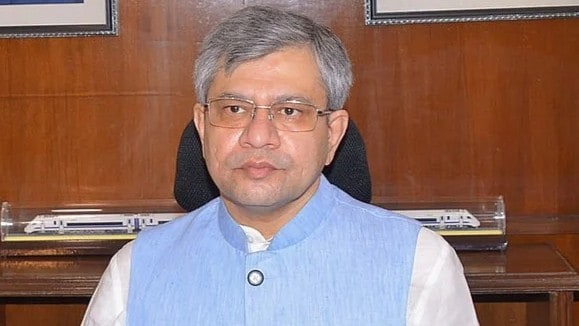Public sector lenders managed to hold on to market share in the increasingly competitive home loan market but private peers have captured the most lucrative parts of it. Housing finance companies have lost some share in the upper end of the market while holding on to a chunk of the affordable housing loan segment.
The bureau, however, pointed to a shift in relative standing of lenders within different segments of the home loan market.
“Over the last three years, public sector banks have increased their lending in mid and premium segments with a gain of near 7% share in both segments by market size,” the report said. “Public sector banks are dominant players by value, while HFCs have a relatively lower but significant share in the affordable (< Rs 35 lakh) and mid range (Rs 35-75 lakh) segments.”
Private banks, that, in the absence of other large lending opportunities have focussed on home loans, have instead kept the focus on the premium segment.
“Private banks dominate the premium (above Rs 75 lakh) segment surpassing HFCs as of December 2020,” the report said. In this segment, the share of HFCs has fallen from 40.8% in December 2018 to 33.4% in December 2020.
Private and public banks have both gained share from HFCs. Private banks held 34.5% share of the premium segment as of December 2020 compared to about 32% in December 2017.
PSU banks have gone from 20% to 27% share over this period.
Millennials Want To Buy And Not Just Rent...
Contrary to the view that younger Indians are less focussed on home purchases and happy to rent rather than buy, CRIF High Mark’s report shows that this segment of buyers makes up a material part of the market.
The share of buyers of between 25 and 36 years was at 27% in the annual originations in FY2020-21 till December 2020. Comparable data for previous years is not available.
For young borrowers, a majority of loans fall in the affordable segment, with fewer loans outstanding in the mid and premium categories. But loan ticket sizes for these borrowers are on the rise.
The average ticket size of a housing loan given to this segment of borrowers has continued to increase over the last five years at a compounded annual growth rate of 6.2%.
The Big Picture
Overall, the home loan market remained a bright spot in an otherwise dull and difficult lending market.
Home loans, which saw a 10.4% growth in portfolio outstanding between December 2019 and December 2018, managed to grow 9.6% between December 2020 and December 2019 despite Covid disruptions.
“The recovery is largely due to huge rebound in originations in Q3FY21,” CRIF High Mark said. The October-December quarter saw a 28% quarter-on-quarter rise in disbursements compared to 6% a year ago. “Tier-2 and Tier-3 geographies have a higher annual growth rate in the home loan book compared to metros with a large part of the growth coming in from affordable and mid-market segment.”
Delinquencies, as measured by loans more than 90 days past due, in the housing loan book stand at 2.49% having increased across all segment of ticket sizes and by 23 basis points year-on-year as of December 2020, the report said.
Delinquencies in the premium segment stand at 3.01%, at 1.99% in the mid segment and at 2.56% in the affordable segment. “Within the affordable segment, less than Rs 10 lakh ticket size loans have the largest amount delinquency at 4.44%.”

 RECOMMENDED FOR YOU
RECOMMENDED FOR YOU




